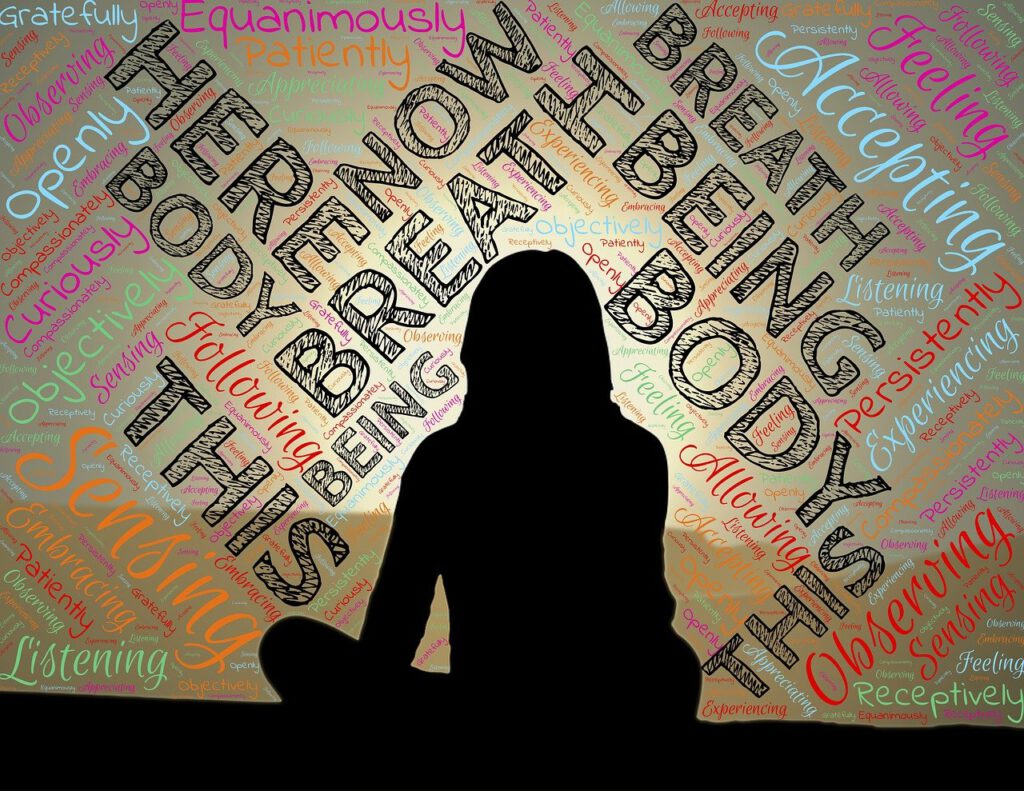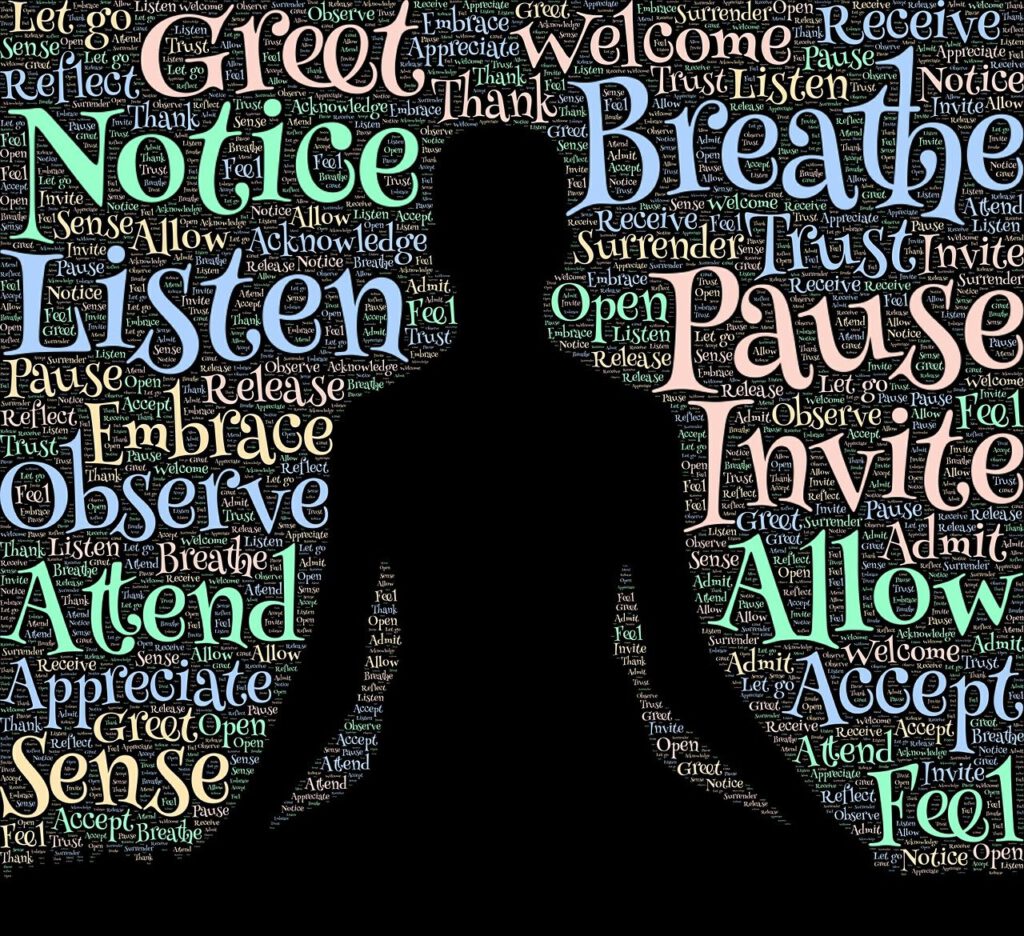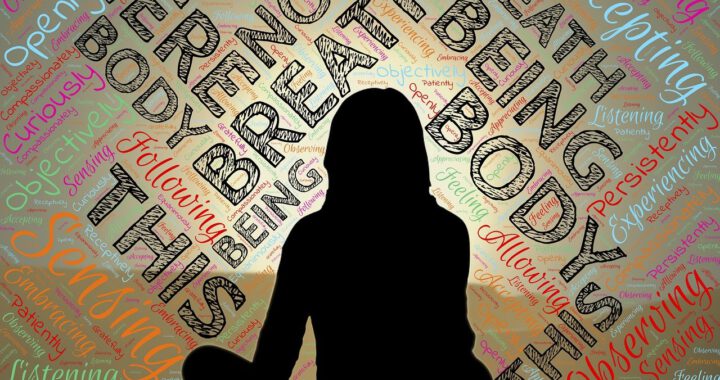Mindfulness
Mindfulness is more than an exercise. It is a mental state consisting of a non-judgemental awareness of the present and it encourages openness, curiosity and acceptance (Bondolfi, 2013). Additionally, this mental state can be learned and improved upon through practice.

How can mindfulness help me?
Mindfulness improves your mental state by reducing symptoms of anxiety and depression. Secondly, mindfulness helps us understand and modulate our feelings better (Team Calm, z.d.) It has been shown to help people with maladaptive daydreaming (see info page) (Herscu, 2023). People with maladaptive daydreaming often try to avoid negative feelings like stress or anxiety by daydreaming (Somer, 2002). By doing mindfulness exercises, you can learn to cope with negative feelings in a different way, or are able to reduce these feelings.
Mindfulness exercises
Practice one of the following mindfulness meditations once every day. You can change between exercises every day if you feel like another might help you better or if you feel like trying something new. Keep in mind that the goal is not to master mindfulness in one day, or even ever. The important thing is that you slowly improve your skills and that you slowly become better at regulating your emotions. If something goes wrong or if you feel like you can’t do it, keep trying or try again later that day.
Breathing
Find a silent space that feels comfortable for you. Put on some comfortable clothes that don’t feel distracting and sit or lie down in a comfortable position.
Set an start a timer for a 1-6 minutes. If you are a beginner, you can start with a minute and slowly build up. If you have more experienced, you can set a timer for 5 or 6 minutes. Set the timer to your liking. Close your eyes and start breathing slowly, in a pace that is calm and comfortable for you. Focus on your breathing. Listen to the sound of your breathing and/or the movements of your chest as you breathe. Keep doing that until the timer runs out. Make sure you use a timer that makes a sound when it runs out, otherwise you are going to have to check the time during meditating, which can ruin the exercise. When the timer runs out, slowly open your eyes and stop the timer. Make sure you don’t get up too quickly.
Body scan
Find a silent space that feels comfortable for you. Put on some comfortable clothes that don’t feel distracting and sit or lie down in a comfortable position.
Firstly, close your eyes and start breathing slowly, in a pace that is calm and comfortable for you. Once you feel calm and comfortable, focus your attention towards the very bottom of your body; your toes. How they feel? Are they warm or cold, calm or restless? Just sense them as they are and don’t label anything as bad. Your toe is how it is and that is okay. Just sense them as they are. Do this with every part of your body and slowly move up. Additionally, you can choose how detailed you want or don’t want to be when it comes to the body parts.
For example: Toes->foot->lower leg->knee->upper leg->bottom-belly->chest->upper arm->armpit->lower arm->hands->fingers->neck->head->face.
Once you have finished the cycle, slowly focus your attention back to your breathing. Next, after a couple of breaths, open your eyes and slowly get up. Make sure you don’t get up too quickly.
Pro tip: If you sense thoughts coming up, know that is completely normal. Instead of focusing on these thoughts, try to slowly turn your attention back to your breathing. See your thoughts as passings cars on a road. You can see them passing by, but you don’t engage with them. Accept that your thoughts are there and then decide to slowly turn your attention towards your breathing again. You will see that slowly, you will become better at keeping your attention to your breathing, even with thoughts and feelings in the background.

In conclusion, this exercise has two goals:
- To make you more aware of the present so you learn to feel and accept real life better.
- To teach you to accept and your own thoughts and emotions as they are and to be less judgmental towards them.
Sources:
Bondolfi, G. (2013). 2993 – Is mindfullness an evidence-based treatment? European Psychiatry, 28, 2993. Geraadpleegd op 6 september 2023, van https://doi.org/10.1016/S0924-9338(13)77507-2
Herscu, O., Somer, E., Federman, A., & Soffer-Dudek, N. (2023). Mindfulness meditation and self-monitoring reduced maladaptive daydreaming symptoms: A randomized controlled trial of a brief self-guided web-based program. Journal of Consulting and Clinical Psychology, 91(5), 285–300. Geraadpleegd op 6 september 2023, van https://doi.org/10.1037/ccp0000790
Somer, E. (2002). Maladaptive Daydreaming: A Qualitative Inquiry. Journal of Contemporary Psychotherapy, 32(2):197-212. Geraadpleegd op 6 september 2023, van https://doi.org/10.1023/A:1020597026919
Team Calm. (z.d.) 10 mindfulness exercises to include in your daily routine. Blog Calm. Geraadpleegd op 27 september 2023, van https://blog.calm.com/blog/mindfulness-exercises

